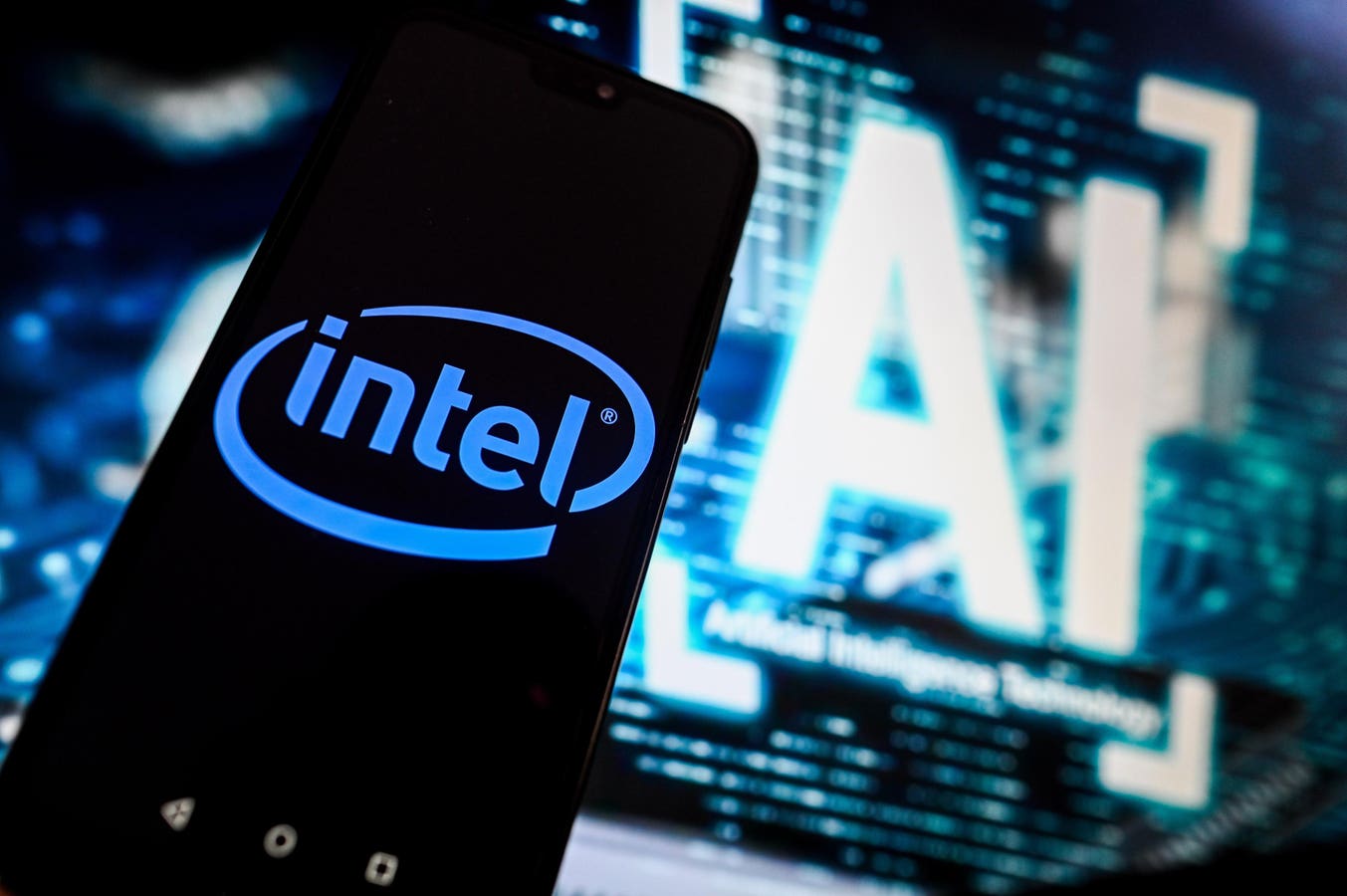Intel stock (NASDAQ
NDAQ
INTC
Amid this financial backdrop, Intel’s stock performance has been challenging. INTC stock has suffered a sharp decline of 30% from levels of $50 in early January 2021 to around $35 now, vs. an increase of about 15% for the S&P 500 over this roughly 3-year period. However, the decrease in INTC stock has been far from consistent. Returns for the stock were 3% in 2021, -49% in 2022, and 40% in 2023. In comparison, returns for the S&P 500 have been 27% in 2021, -19% in 2022, and 14% in 2023 – indicating an underperformance for the ticker in 2021 and 2022.
In fact, consistently beating the S&P 500 – in good times and bad – has been difficult over recent years for individual stocks; for heavyweights in the Information Technology sector including AAPL, MSFT, and NVDA, and even for the megacap stars GOOG, TSLA, and AMZN. In contrast, the Trefis High Quality Portfolio, with a collection of 30 stocks, has outperformed the S&P 500 each year over the same period. Why is that? As a group, HQ Portfolio stocks provided better returns with less risk versus the benchmark index; less of a roller-coaster ride as evident in HQ Portfolio performance metrics. Given the current uncertain macroeconomic environment with high oil prices and elevated interest rates, could INTC face a similar situation as it did in 2021 and 2022 and lose value over the next 12 months – or will it see a recovery?
Intel’s performance has been tough in recent quarters as the PC industry is amid a slump, with the tailwinds such as remote working and learning seen through Covid-19 easing. For perspective, IDC estimates that PC shipments declined by about 7.6% during the third quarter to 68.2 million units. However, things improved on a sequential basis, with sales shipments improving from 61.6 million units in Q2. Moreover, while PC vendors worked through chip inventory that they built up over last year over Q1 and Q2, inventory levels will likely come down and this could help players like Intel to an extent. That said, things could remain tough on the server side as well as cloud computing players have focused on securing graphics processors for artificial intelligence workloads, rather than on central processing units that Intel sells. Moreover, Intel has also been losing share to rival AMD whose Genoa server chips offer a better price-to-performance tradeoff versus Intel’s current server processors.
While Intel stock could move a bit higher if it beats earnings estimates, we think it is slightly overvalued at current levels. Intel stock still trades at about 20x consensus 2024 earnings, which we think is a relatively rich valuation given the multiple uncertainties that Intel faces. Besides the slow PC market and competitive threats to Intel’s data center business, Intel is now betting heavily on becoming a foundry player, producing chips for other semiconductor companies, and taking on the likes of TSMC and Samsung Electronics. It remains to be seen whether this capital-intensive bet will pay off, especially considering Intel’s recent struggles with updating its chips to the latest process nodes. We value Intel stock at $35 per share, which is about 5% below the current market price. See our analysis of Intel Valuation for more details on what’s driving our price estimate for Intel.
Invest with Trefis Market Beating Portfolios
See all Trefis Price Estimates
Read the full article here













Leave a Reply